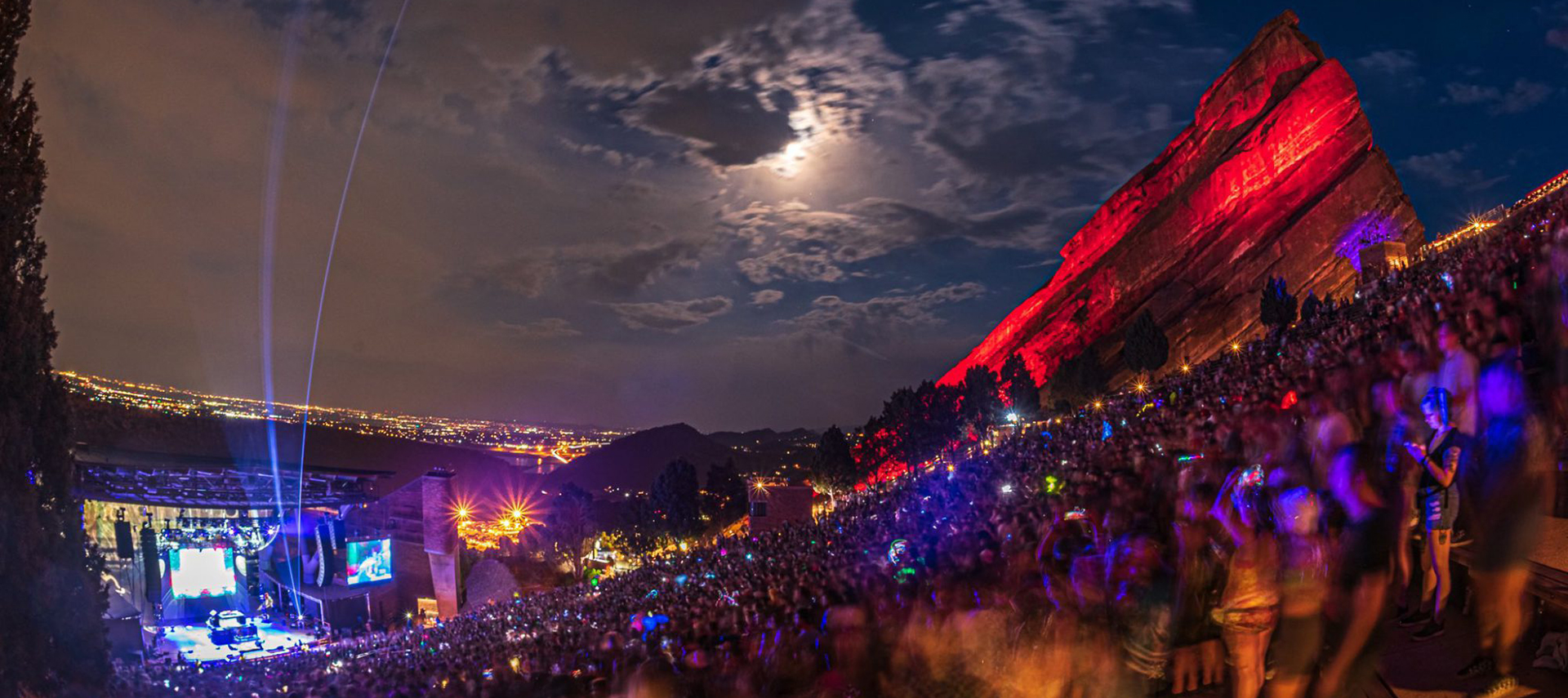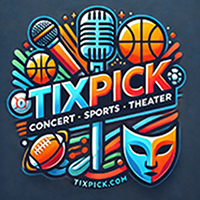
Shop Last-Minute Concert Tickets on TIXpick.com
100% Moneyback Guarantee
Shop Tickets to Current and Upcoming Concerts
How have Concerts changed over the last decade?
Concerts have evolved significantly over the past decade, driven by changes in technology, audience expectations, and the broader entertainment industry. Here are some key ways concerts have changed:
1. Technology Integration Enhanced Visuals and Production: Advances in lighting, LED screens, pyrotechnics, and stage design have made concerts more immersive and theatrical. Augmented Reality (AR) and Virtual Reality (VR): Some artists incorporate AR or VR elements to create unique visual experiences for attendees. Live Streaming and Virtual Concerts: Platforms like YouTube, Twitch, and specialized services (e.g., Veeps) allow fans to participate remotely. Interactive Experiences: Mobile apps and wristbands are used for synchronized lighting effects or fan engagement during performances.
2. Personalization and Fan Engagement Fan-Centric Experiences: Meet-and-greet packages, personalized merchandise, and curated pre-show activities have become common. Social Media: Artists use platforms like Instagram, TikTok, and Twitter to engage with fans before, during, and after concerts, creating a sense of connection.
3. Diversity in Venues Non-Traditional Spaces: Artists increasingly perform in unique venues, such as historic buildings, outdoor parks, and intimate spaces, for tailored experiences. Festival Culture: The growth of music festivals has influenced concert formats, with artists adapting their sets to shorter, high-energy performances.
4. Ticketing Innovations Dynamic Pricing: Ticket prices now adjust based on demand, similar to airline or hotel pricing models. Secondary Market Growth: The rise of resale platforms/sites such as Tixpick and Ticketnetwork has changed access and pricing dynamics for live events. Paperless Tickets: Digital ticketing has streamlined entry and reduced fraud but also increased concerns about scalping and transfer restrictions.
5. Sustainability and Accessibility Eco-Friendly Practices: Many tours now focus on reducing their environmental impact by using renewable energy, minimizing waste, and offering sustainable merchandise. Inclusive Experiences: Better accessibility for differently-abled attendees, including sign language interpreters and sensory-friendly zones.
6. Genre-Blending and Cross-Media Collaborative Acts: Artists from different genres or even different entertainment mediums (e.g., gaming or film) collaborate for unique performances. Immersive Storytelling: Concerts now often follow a narrative or thematic journey, creating a cinematic experience.
7. Impact of the Pandemic Hybrid Models: The COVID-19 pandemic led to the rise of hybrid events, combining in-person and virtual attendance. Smaller, Intimate Shows: There has been a resurgence of smaller, local gigs alongside massive arena tours. Overall, concerts have become more about creating a memorable, multisensory experience rather than just a live performance, with a focus on blending music, technology, and storytelling to captivate audiences.

